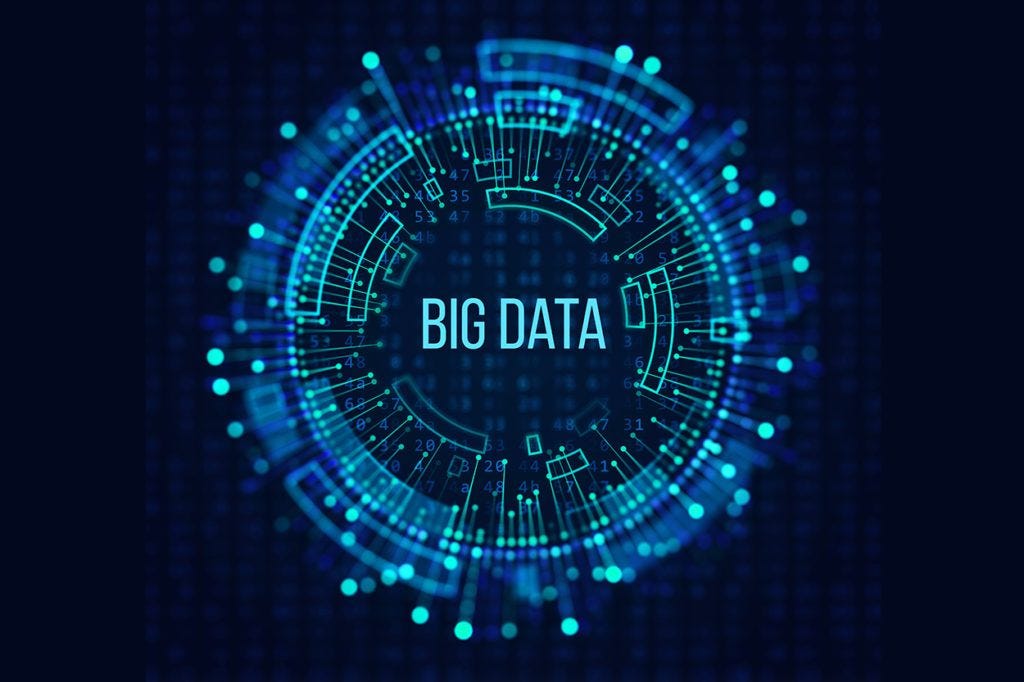What is Big Data Storage?
Big data storage is a storage infrastructure that is designed specifically to store, manage and retrieve massive amounts of data, or big data. Big data storage enables the storage and sorting of big data in such a way that it can easily be accessed, used and processed by applications and services working on big data. Big data storage is also able to flexibly scale as required.
How is Big Data stored and processed?
Big data is often stored in a data lake. While data warehouses are commonly built on relational databases and contain structured data only, data lakes can support various data types and typically are based on Hadoop clusters, cloud object storage services, NoSQL databases or other big data platforms.
Why is big data important?
Companies use big data in their systems to improve operations, provide better customer service, create personalized marketing campaigns and take other actions that, ultimately, can increase revenue and profits. Businesses that use it effectively hold a potential competitive advantage over those that don't because they're able to make faster and more informed business decisions.
Here are some more examples of how big data is used by organizations:
- In the energy industry, big data helps oil and gas companies identify potential drilling locations and monitor pipeline operations; likewise, utilities use it to track electrical grids.
- Financial services firms use big data systems for risk management and real-time analysis of market data.
- Manufacturers and transportation companies rely on big data to manage their supply chains and optimize delivery routes.
- Other government uses include emergency response, crime prevention and smart city initiatives.
Big Data storage methods
There are currently two well-established big data storage methods:
Warehouse Storage – Similar to a warehouse for storing physical goods, a data warehouse is a large building facility which its primary function is to store and process data on an enterprise level. It is an important tool for big data analytics. These large data warehouses support the various reporting, business intelligence (BI), analytics, data mining, research, cyber monitoring, and other related activities. These warehouses are usually optimised to retain and process large amounts of data at all times while feeding them in and out through online servers where users can access their data without delay.
Data warehouse tools make it possible to manage data more efficiently as it enables being able to find, access, visualise and analyse data to make better business decisions and achieve more desirable business results. Additionally, they are built with the consideration of exponential data growth in mind. There is no risk of the warehouses being cluttered up by the increasing amount of data that is being stored.
Cloud Storage – The other method of storing massive amounts of data is cloud storage, which is something more people are familiar with. If you have ever used iCloud or Google Drive, this means you were using cloud storage to store your documents and files. With cloud storage, data and information are stored electronically online where it can be accessed from anywhere, negating the need for direct attached access to a hard drive or computer. With this approach, you can store virtually boundless amount of data online and access it where.
The cloud provides not only readily-available infrastructure, but also the ability to scale this infrastructure quickly to manage large increases in traffic or usage.
What is Data Processing in Big Data?
Big data processing is a set of techniques or programming models to access large-scale data to extract useful information for supporting and providing decisions. Map and Reduce functions are programmed by users to process the big data distributed across multiple heterogeneous nodes.
Data-Driven Architecture for Big Data
Processing Big Data
Big Data processing involves steps very similar to processing data in the transactional or data warehouse environments. Figure shows the different stages involved in the processing of Big Data; the approach to processing Big Data is:
- ●
Gather the data.
- ●
Analyze the data.
- ●
Process the data.
- ●
Distribute the data.
While the stages are similar to traditional data processing the key differences are:
- ●
Data is first analyzed and then processed.
- ●
Data standardization occurs in the analyze stage, which forms the foundation for the distribute stage where the data warehouse integration happens.
- ●
There is not special emphasis on data quality except the use of metadata, master data, and semantic libraries to enhance and enrich the data.
- ●
Data is prepared in the analyze stage for further processing and integration.
The stages and their activities are described in the following sections in detail, including the use of metadata, master data, and governance processes.
Gather stage
Data is acquired from multiple sources including real-time systems, near-real-time systems, and batch-oriented applications. The data is collected and loaded to a storage environment like Hadoop or NoSQL. Another option is to process the data through a knowledge discovery platform and store the output rather than the whole data set.
Analysis stage
The analysis stage is the data discovery stage for processing Big Data and preparing it for integration to the structured analytical platforms or the data warehouse. The analysis stage consists of tagging, classification, and categorization of data, which closely resembles the subject area creation data model definition stage in the data warehouse.



Explained nicely
ReplyDeleteGreat information!
ReplyDeleteGreat!
ReplyDeleteNice info
ReplyDeleteWhat a fantastic blog and best content 🥰✨✨💫🌟.
ReplyDeleteNice and useful Information. Explained very well!
ReplyDeleteNice🔥🔥✨
ReplyDeleteGreat information!! 💫
ReplyDelete